Home>Interior Design>A Guide To Eggshell Paint And When To Use It


Interior Design
A Guide To Eggshell Paint And When To Use It
Modified: September 2, 2024
Discover the benefits of eggshell paint for your interior design projects. Learn when and how to use it to achieve a flawless finish and lasting durability.
(Many of the links in this article redirect to a specific reviewed product. Your purchase of these products through affiliate links helps to generate commission for Storables.com, at no extra cost. Learn more)
Introduction
Welcome to our comprehensive guide to eggshell paint and its various applications in interior design. If you’re planning a home improvement project or simply looking to refresh the look of your walls, eggshell paint could be the perfect solution. In this article, we will explore what eggshell paint is, its advantages, when to use it, proper preparation techniques, application methods, tips for achieving a smooth finish, and maintenance and care. By the end of this guide, you will have a thorough understanding of eggshell paint and be ready to embark on your next painting project with confidence.
Eggshell paint is a popular choice among interior designers and homeowners due to its unique characteristics and versatile nature. It falls somewhere between flat and semi-gloss paint finishes, delivering a subtle sheen that adds depth and elegance to any room. The name “eggshell” refers to the smooth texture and delicate shine it creates, reminiscent of an eggshell’s surface.
One of the primary advantages of using eggshell paint is its ability to hide imperfections on walls, such as small cracks, dents, or unevenness. The slight sheen of eggshell paint subtly reflects light, helping to minimize the appearance of minor blemishes. Additionally, eggshell paint is durable and resistant to stains, making it an excellent choice for high-traffic areas such as hallways, living rooms, and kitchens.
Key Takeaways:
- Elevate your interior design with eggshell paint’s subtle sheen, durability, and ability to hide imperfections. Perfect for living areas, bedrooms, and tasteful accent walls.
- Achieve a flawless finish with eggshell paint by proper surface preparation, careful application, and regular maintenance. Enjoy its versatility and sophistication in any room.
Read more: A Guide To Matte Paint And When To Use It
What is eggshell paint?
Eggshell paint is a type of interior paint that contains a specific level of glossiness, creating a soft and subtle finish. It gets its name from its resemblance to the texture and sheen of an eggshell’s surface. This paint finish falls between flat/matte and semi-gloss paint, offering a balance of smoothness and durability.
Unlike flat paint, which has no shine and is highly absorbent, and semi-gloss paint, which has a high level of gloss and shine, eggshell paint strikes a middle ground. The sheen it produces is minimal but noticeable, giving walls a delicate shine without being overly reflective.
Eggshell paint is available in a variety of colors and can be used on a range of interior surfaces, including walls, ceilings, and trim. It provides a durable and washable finish that is resistant to scuffs, making it an excellent choice for areas that require frequent cleaning or are prone to contact, such as hallways, living rooms, dining rooms, and kitchens.
In terms of application, eggshell paint has a slightly thicker consistency compared to flat paint, allowing for more coverage and a smoother finish. It is typically water-based, making it easy to clean up with soap and water. Additionally, many brands offer low or zero VOC (Volatile Organic Compounds) options, making eggshell paint a more environmentally friendly choice.
It’s important to note that eggshell paint is primarily designed for interior use and is not recommended for high-moisture areas like bathrooms or kitchens with excessive steam and humidity. For these areas, it is best to use paints specifically formulated for moisture resistance, such as semi-gloss or satin finishes.
Overall, eggshell paint is a versatile and popular choice for interior painting projects. Its subtle sheen adds a level of sophistication to a room, while its durability and washability make it practical for everyday living. Whether you’re looking to spruce up your living space or create a more polished look, eggshell paint can be a great option to achieve the desired finish.
Advantages of using eggshell paint
Eggshell paint offers several advantages that make it a popular choice among interior designers and homeowners. From its aesthetic appeal to its practical benefits, here are some of the key advantages of using eggshell paint:
- Subtle sheen: Eggshell paint has a gentle sheen that adds depth and sophistication to any room. It creates a soft and elegant finish that is more visually interesting than flat paint but less shiny than semi-gloss paint.
- Hide imperfections: One of the primary advantages of eggshell paint is its ability to hide small imperfections on walls. The slight sheen reflects light in a way that helps to minimize the appearance of minor cracks, dents, or unevenness, creating a smoother and more seamless look.
- Durable and washable: Eggshell paint is known for its durability and washability. It is resistant to stains and scuffs, making it a suitable choice for high-traffic areas, such as hallways, living rooms, and kitchens. It can be easily wiped clean with a damp cloth or mild detergent, allowing for easy maintenance and keeping the walls looking fresh.
- Good color retention: Eggshell paint has excellent color retention properties, which means the paint will maintain its original color for a longer period of time. It resists fading and yellowing, ensuring that your walls will look vibrant and true to the chosen color for years to come.
- Easy application: Eggshell paint is relatively easy to apply, especially compared to higher gloss paints like semi-gloss. Its slightly thicker consistency allows for better coverage, reducing the need for multiple coats. It is also water-based and has a low odor, making it more user-friendly and ideal for DIY projects.
- Versatility: Eggshell paint can be used on various surfaces, including walls, ceilings, and trim. It is compatible with most interior materials, such as drywall, plaster, wood, and metal. This versatility allows for cohesive design throughout a space, creating a unified and polished look.
By considering these advantages, it becomes clear why eggshell paint is a popular choice for many interior painting projects. Its combination of aesthetic appeal, durability, and ease of application makes it a versatile option that can enhance the look and longevity of any room.
When to use eggshell paint
Knowing when to use eggshell paint can help you make informed decisions about your interior design projects. Here are a few scenarios where eggshell paint is particularly well-suited:
- Living areas: Eggshell paint is perfect for living areas such as living rooms, family rooms, and dens. These spaces often see a lot of activity and foot traffic, and the durability of eggshell paint makes it a practical choice. It can withstand the occasional scuff or bump without showing significant wear, maintaining a fresh and polished appearance.
- Bedrooms: Bedrooms can benefit from the soft and subdued sheen of eggshell paint. It adds a touch of elegance and warmth to these personal spaces. Additionally, eggshell paint’s ability to hide minor imperfections can help create a calming and serene atmosphere, enhancing the overall ambiance of the bedroom.
- Hallways and corridors: High-traffic areas like hallways and corridors can take a beating from constant movement and occasional accidents. Eggshell paint’s durability and washability make it an excellent choice for these spaces. It can withstand frequent cleaning and maintain its appearance, even in busy thoroughfares.
- Dining rooms: Dining rooms often see a lot of activity and can be prone to spills and stains. Eggshell paint’s resistance to stains and ease of cleaning makes it an ideal option for dining room walls, where a sophisticated yet practical finish is desired.
- Home offices: Eggshell paint can bring a touch of professionalism and refinement to home office spaces. Its subtle sheen adds a sense of sophistication to the room, while its durability allows it to withstand the day-to-day demands of a working environment.
- Tasteful accent walls: If you want to create an accent wall to add visual interest to a space, eggshell paint can be a great choice. The slight sheen can make the accent wall stand out without overpowering the overall design. Consider using a slightly darker or contrasting color to create an eye-catching feature.
It’s important to consider the specific requirements of each room or area when deciding whether to use eggshell paint. While eggshell paint is versatile, it may not be suitable for rooms with high humidity, such as bathrooms, as it lacks the moisture resistance of paints specifically formulated for such environments.
By carefully considering the activity level, lighting, and overall design goals of a space, you can determine if eggshell paint is the right choice. Its durability, ease of cleaning, and elegant finish make it a popular option for many interior applications.
Proper preparation before applying eggshell paint
Preparing the surface properly before applying eggshell paint is crucial to achieving a smooth and long-lasting finish. Taking the time to prepare the walls will ensure that the paint adheres well and any imperfections are addressed. Here are the essential steps for proper preparation:
- Clean the walls: Start by thoroughly cleaning the walls to remove any dust, dirt, or grease. Use a mild detergent and warm water solution, and scrub the walls gently with a sponge or cloth. Rinse the walls with clean water and allow them to dry completely before proceeding.
- Repair any damages: Inspect the walls for any cracks, holes, or dents. Patch up these imperfections using a suitable filler or spackling compound. Allow the filler to dry, and then sand it down gently to create a smooth and even surface.
- Smooth out rough surfaces: If the walls have rough areas or uneven texture, it’s essential to smooth them out before painting. Sand the walls using fine-grit sandpaper to remove any bumps or roughness. Wipe away the dust with a damp cloth or sponge.
- Remove old peeling paint: If there is old peeling or flaking paint on the walls, it must be removed before painting. Use a scraper or putty knife to carefully scrape off the loose paint. Sand the edges of the remaining paint to feather it into the surrounding surface.
- Prime the walls: Applying a primer is an important step, especially if you are painting over a dark or highly porous surface. Primer helps create a smooth and even base for the paint, enhancing its adhesion and coverage. Choose a primer suitable for your surface, and follow the instructions for application.
- Protect surrounding areas: Before you begin painting, take the time to protect the surrounding areas, such as floors, furniture, and fixtures. Cover them with drop cloths or plastic sheeting to prevent any accidental drips or spills from damaging them.
Proper preparation before applying eggshell paint will ensure that the final result is flawless and long-lasting. Skipping or rushing through these steps can lead to paint failure, poor adhesion, and an uneven finish. Take the time to prepare the surface properly, and you will be rewarded with a professional-looking paint job that will stand the test of time.
When painting a room that has imperfections or uneven surfaces, consider using eggshell paint for a smooth and subtle finish that can help hide flaws.
Read more: A Guide To Milk Paint And When To Use It
How to apply eggshell paint
Applying eggshell paint requires careful attention to detail and a systematic approach to achieve the best results. Follow these steps to ensure a successful application:
- Gather your materials: Before you begin, gather all the necessary materials, including eggshell paint, paintbrushes or rollers, painter’s tape, a tray or bucket for paint, and stirring sticks.
- Prepare the paint: Stir the paint thoroughly using a stirring stick to ensure that the color and consistency are well-mixed. If using multiple cans of paint, combine them in a larger container to ensure a consistent color throughout.
- Start with the edges and corners: Use a small brush or angled brush to cut in around the edges, corners, and trim of the walls. This will create a clean and neat border before using a roller for the larger surface areas.
- Use a roller for the walls: Pour a sufficient amount of paint into a paint tray or bucket. Dip the roller into the paint, ensuring that it is evenly coated but not overloaded. Start rolling the paint onto the walls in a “W” or “M” shape, covering a manageable section at a time.
- Apply even and consistent pressure: When using the roller, apply even and consistent pressure to achieve a uniform finish. Avoid pressing too hard, as it can create streaks or uneven application.
- Maintain a wet edge: To avoid noticeable lines or overlaps, it’s important to keep a “wet edge” as you paint. This means working in small sections and painting adjacent areas while the previous section is still wet. This technique helps to blend the paint seamlessly and creates a smoother overall look.
- Allow for proper drying and multiple coats: Follow the paint manufacturer’s instructions for drying time between coats. Eggshell paint typically requires two coats for optimal coverage and an even finish. Allow each coat to dry completely before applying the next one.
- Clean up: Once you have finished painting, carefully remove any painter’s tape while the paint is still wet. Clean your brushes, rollers, and paint trays with soap and warm water before the paint dries.
Remember to work in a well-ventilated area and follow proper safety precautions when painting, such as wearing protective clothing and using appropriate ladder or scaffolding when needed.
By following these steps and taking your time during the application process, you can achieve a beautifully painted surface with eggshell paint that enhances the overall aesthetics of your space.
Tips for achieving a smooth finish with eggshell paint
When applying eggshell paint, there are several tips and techniques that can help you achieve a professional-looking and smooth finish. Follow these tips to ensure optimal results:
- Prepare the surface: Properly clean, repair, and prime the surface before applying eggshell paint. A smooth and well-prepared surface will contribute to a flawless finish.
- Use high-quality brushes or rollers: Invest in high-quality brushes or rollers designed for use with eggshell paint. Good brushes or rollers will pick up and distribute the paint evenly, resulting in a smoother finish.
- Avoid overloading the brush or roller: Excess paint on the brush or roller can lead to drips, streaks, and an uneven finish. Remove excess paint by lightly tapping the brush or rolling it against the tray’s ridges.
- Apply paint in thin, even coats: Rather than applying thick layers of paint, opt for thin and even coats. This helps prevent drips and allows for better control over the application process.
- Work in small sections: Instead of trying to cover the entire wall at once, divide it into manageable sections. This will allow you to maintain a wet edge and blend the paint more effectively.
- Use a paint extender: Consider adding a paint extender to the eggshell paint. A paint extender slows down the drying time, making it easier to achieve a smooth and seamless finish without visible brush or roller marks.
- Apply consistent pressure: Whether using a brush or roller, apply consistent pressure throughout the application process. This ensures an even distribution of paint and helps produce a uniform finish.
- Avoid excessive re-brushing or rolling: Limit the number of brush or roller strokes over the painted area. Excessive re-brushing or rolling can disturb the paint’s drying process and result in an uneven texture.
- Allow for proper drying time: Patience is key when using eggshell paint. Follow the manufacturer’s instructions for drying time between coats and allow the paint to dry fully before assessing the final result.
- Inspect the painted surface: Once the paint has dried, carefully inspect the painted surface for any imperfections. If necessary, lightly sand any rough areas and touch up with a small brush.
By following these tips, you can maximize the potential of eggshell paint and achieve a smooth and flawless finish. Remember to work in proper lighting conditions and take your time to ensure a high-quality result that will enhance the overall appearance of your space.
Maintenance and care of eggshell painted surfaces
Proper maintenance and care of eggshell painted surfaces are essential for keeping them looking fresh and vibrant for years to come. Follow these tips to ensure the longevity and beauty of your eggshell painted walls:
- Clean regularly: Regular cleaning helps prevent dirt and dust from accumulating on the surface. Use a soft, damp cloth or sponge to gently wipe down the walls. Avoid abrasive cleaners or scrub brushes that can damage the paint.
- Address stains promptly: If any stains or spills occur on the painted surface, it’s best to address them promptly. Blot the stain with a clean, damp cloth using a gentle rubbing motion. Avoid vigorous scrubbing, as it can disrupt the paint finish.
- Avoid harsh chemicals: Harsh chemicals, solvents, or abrasive cleaners can damage the eggshell paint finish. Opt for mild, non-abrasive cleaning solutions and test them in a small, inconspicuous area before using them on the entire surface.
- Protect from moisture: While eggshell paint is more durable than flat paint, it is still susceptible to moisture damage. Keep the painted surface dry and take precautions in areas with excessive moisture, such as bathrooms or kitchens, by using paints specifically formulated for high humidity.
- Avoid excessive touching or rubbing: Continuous touching or rubbing of the painted surface can lead to wear and blemishes. Minimize excessive contact with walls and use caution when moving furniture or other objects against the painted surface.
- Touch up as needed: Over time, small nicks or scratches may occur on the painted surface. Keep some of the original paint handy for touch-ups. Use a small brush to carefully fill in any imperfections, blending the touch-up paint with the surrounding area.
- Monitor for peeling or cracking: Periodically inspect the painted surface for signs of peeling or cracking. If you notice any issues, investigate the underlying causes, such as water damage or poor adhesion, and address them promptly to prevent further damage.
- Avoid excessive sunlight exposure: Prolonged exposure to direct sunlight can cause fading or discoloration of the paint over time. Consider using window treatments or UV-protective coatings to minimize sun damage to the painted surface.
- Keep records of paint colors: It’s a good practice to keep a record of the specific paint colors and brands used for easy reference when touch-ups or repainting are necessary in the future.
By following these maintenance and care practices, you can ensure the beauty and durability of your eggshell painted surfaces. Regular cleaning and prompt attention to any issues will help preserve the paint finish and keep your walls looking their best for years to come.
Conclusion
Eggshell paint is a versatile and popular choice for interior design projects, thanks to its subtle sheen, durability, and ability to hide minor imperfections. It provides a sophisticated and polished finish to walls, ceilings, and trim, making it a go-to option for homeowners and interior designers alike.
In this comprehensive guide, we have explored what eggshell paint is, its advantages, when to use it, proper preparation techniques, application methods, tips for achieving a smooth finish, and maintenance and care. By following these recommendations, you can ensure a successful and long-lasting paint job that enhances the aesthetics of your space.
Remember the importance of proper surface preparation, including cleaning, repairing, and priming, before applying eggshell paint. Take your time to achieve even and consistent coats, working in small sections and maintaining a wet edge to avoid visible lines or overlaps.
Regular maintenance, such as gentle cleaning and prompt attention to stains or damage, will help preserve the beauty of eggshell painted surfaces. By adhering to these practices and addressing any issues promptly, you can enjoy the benefits of eggshell paint for years to come.
Whether you’re transforming your living room, updating a bedroom, or sprucing up a hallway, eggshell paint can elevate the overall look and feel of your space. Its versatility ensures it can be applied in various areas, while its durability makes it suitable for high-traffic locations.
Now armed with the knowledge and techniques outlined in this guide, you’re ready to confidently tackle your next painting project with eggshell paint. Enjoy the process, express your creativity, and see your vision come to life with the timeless and elegant finish of eggshell paint.
Frequently Asked Questions about A Guide To Eggshell Paint And When To Use It
Was this page helpful?
At Storables.com, we guarantee accurate and reliable information. Our content, validated by Expert Board Contributors, is crafted following stringent Editorial Policies. We're committed to providing you with well-researched, expert-backed insights for all your informational needs.
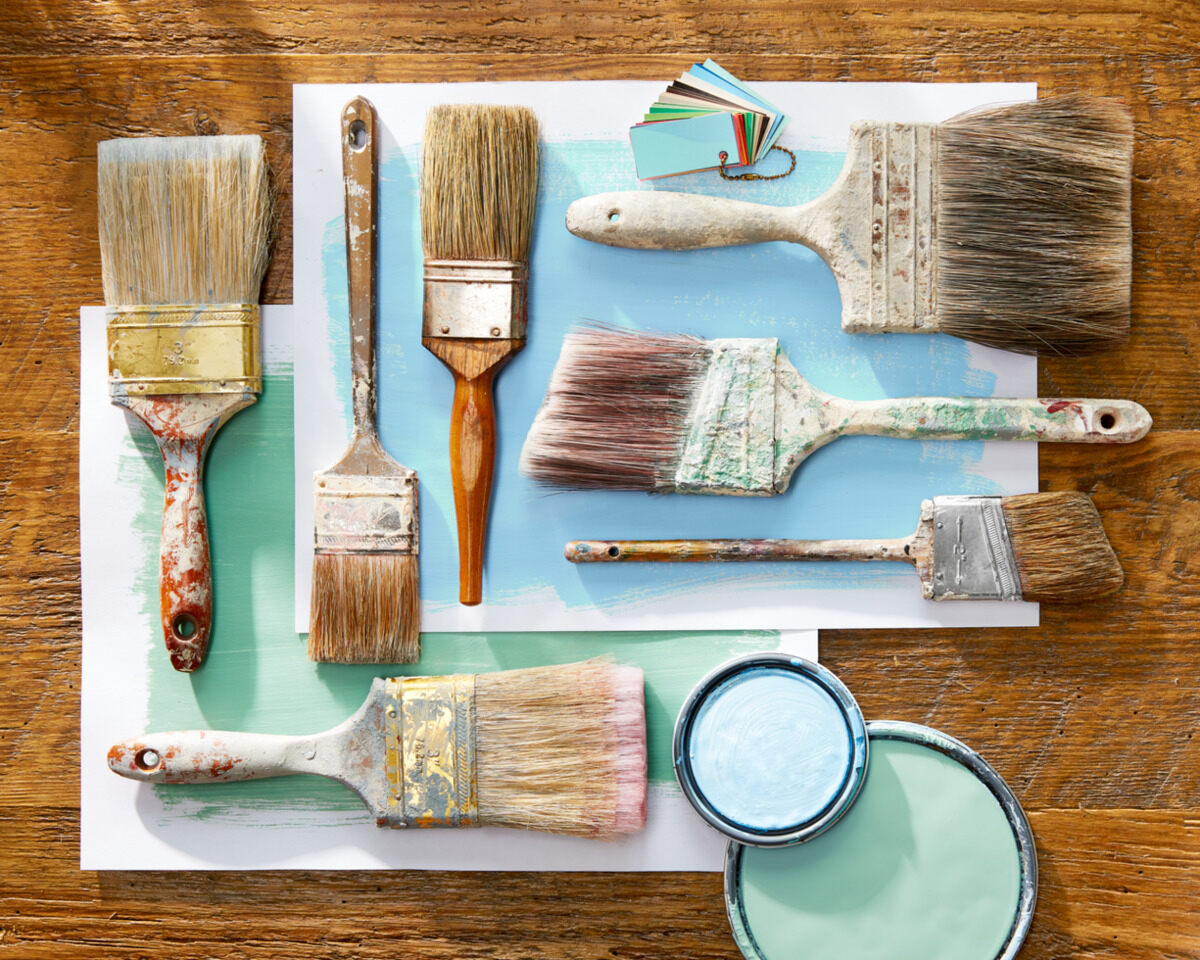
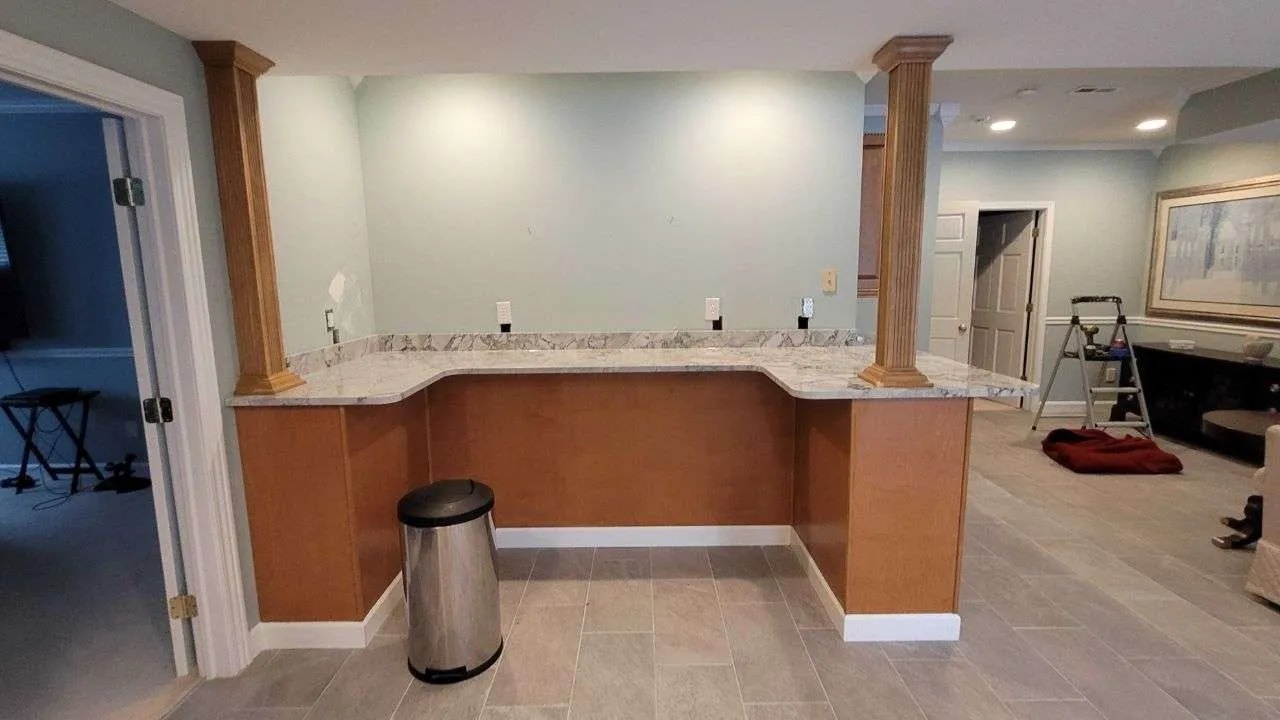

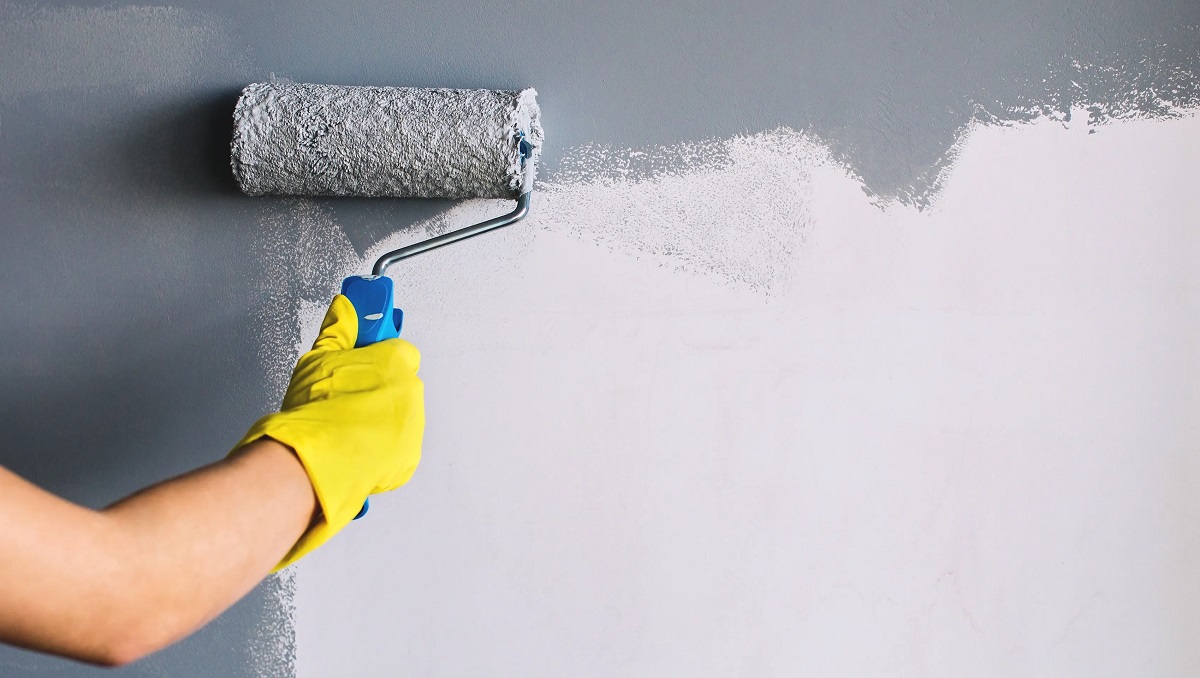
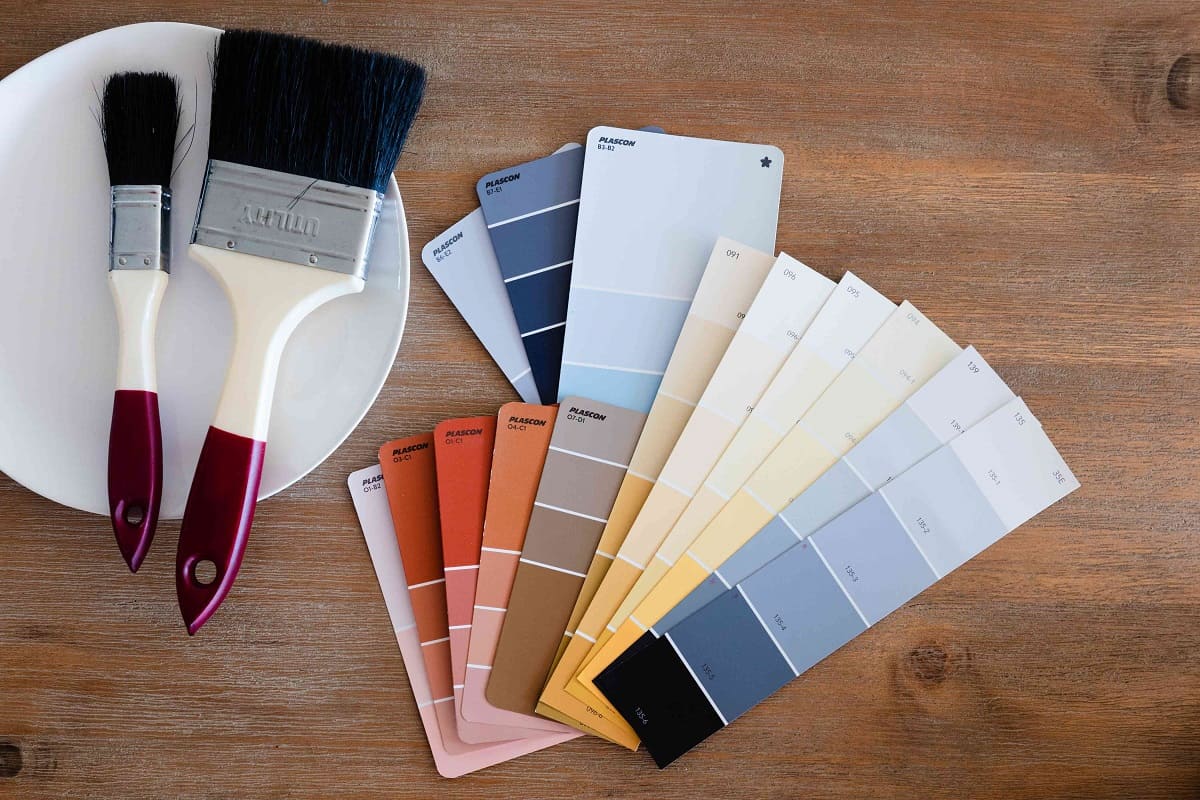
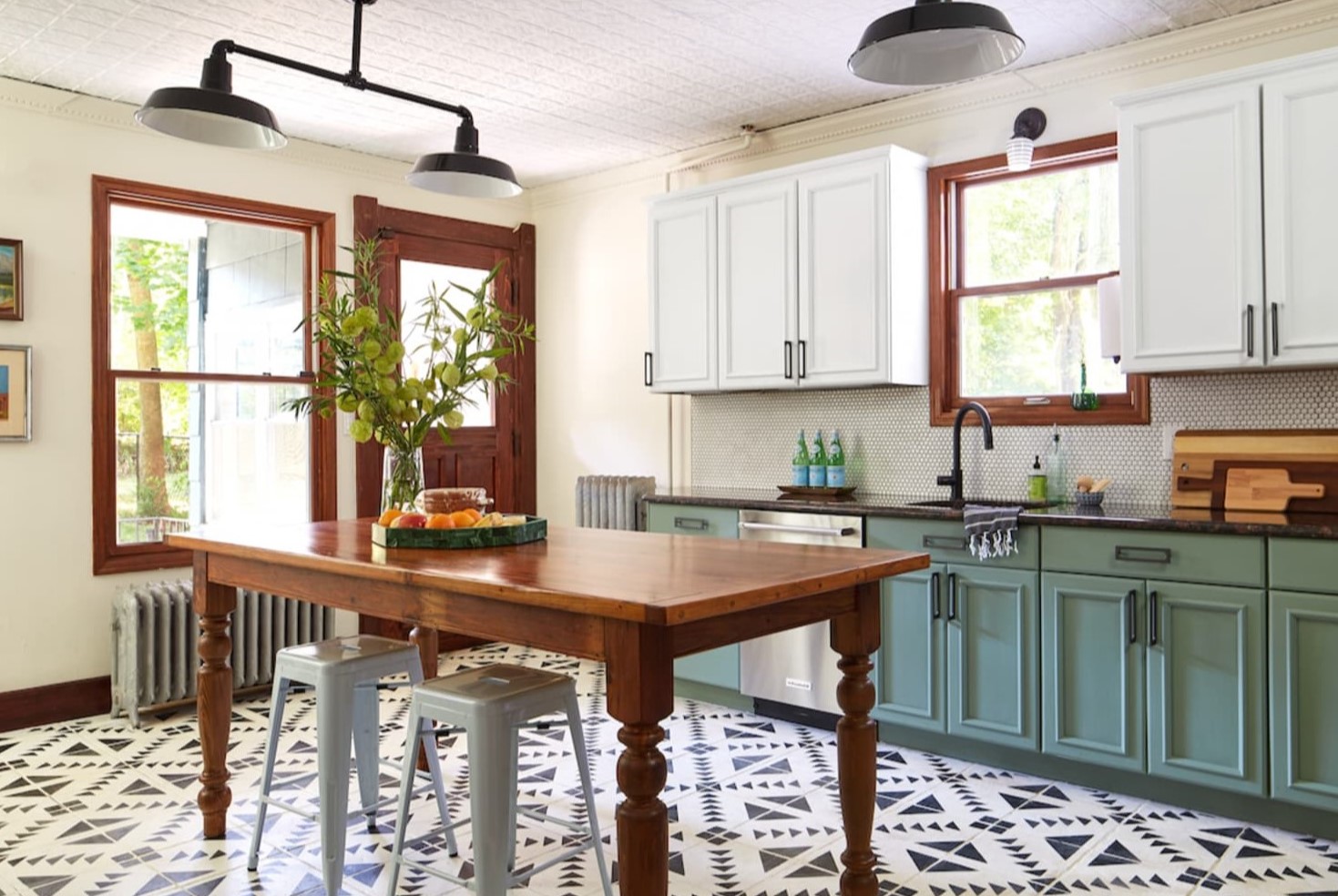
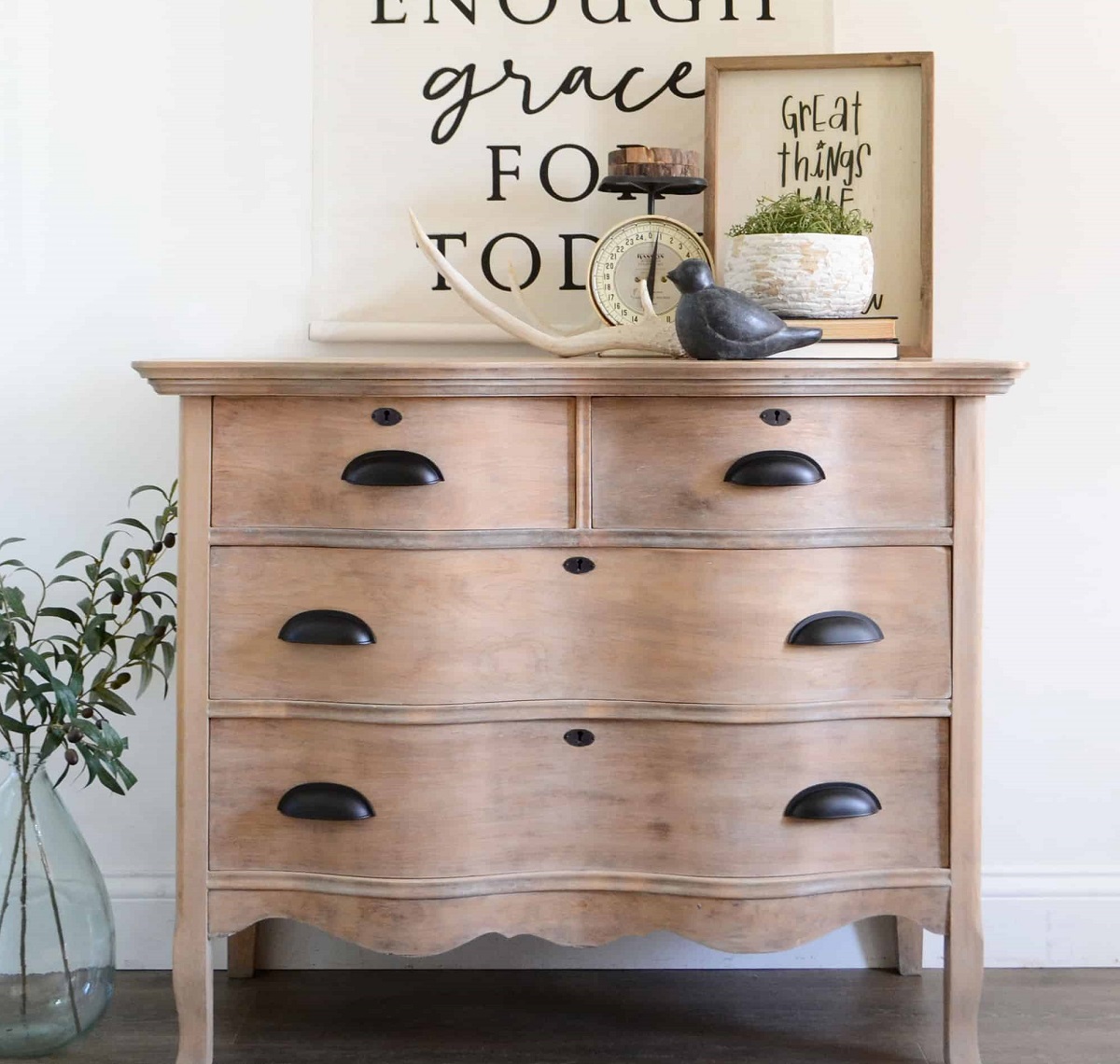

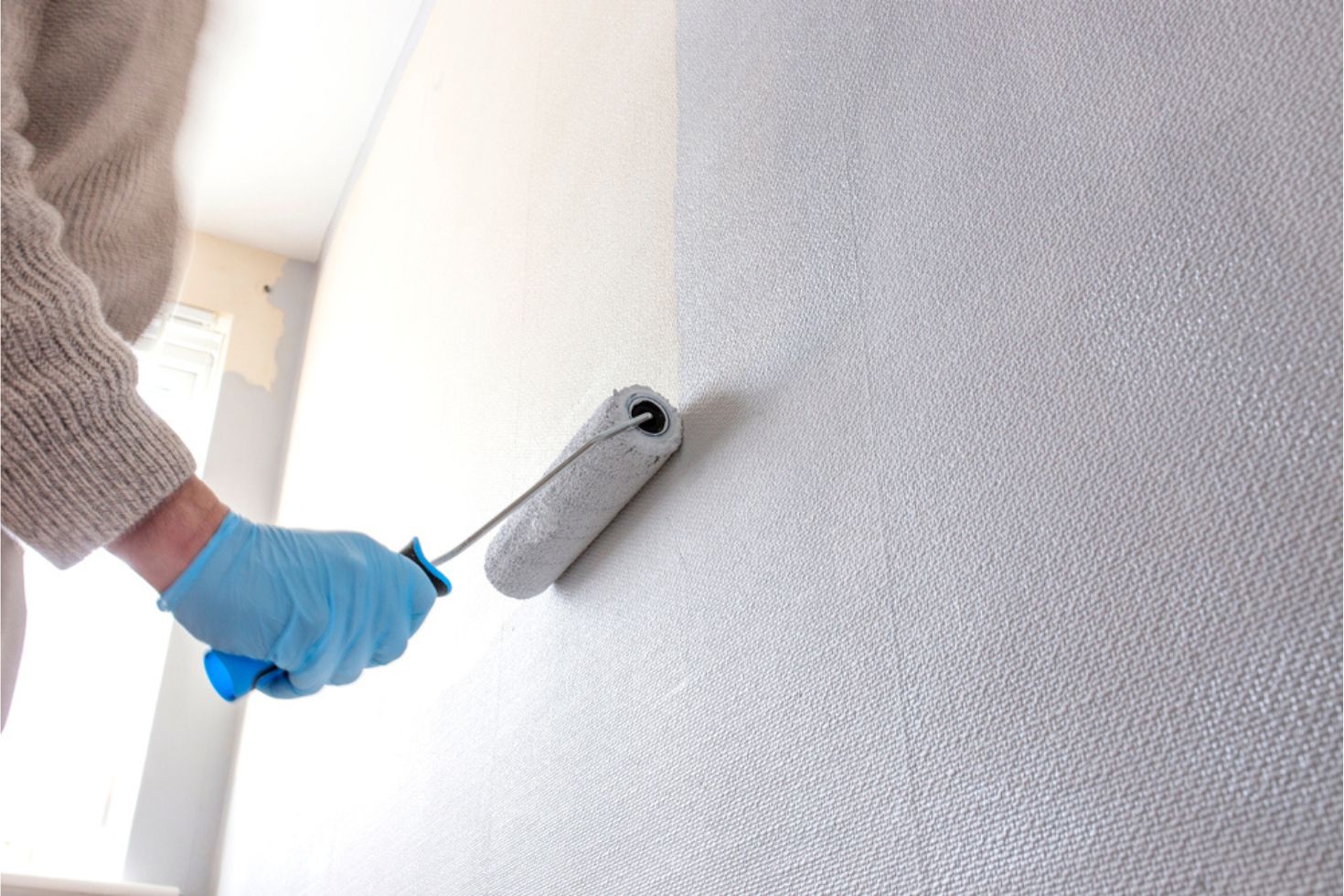
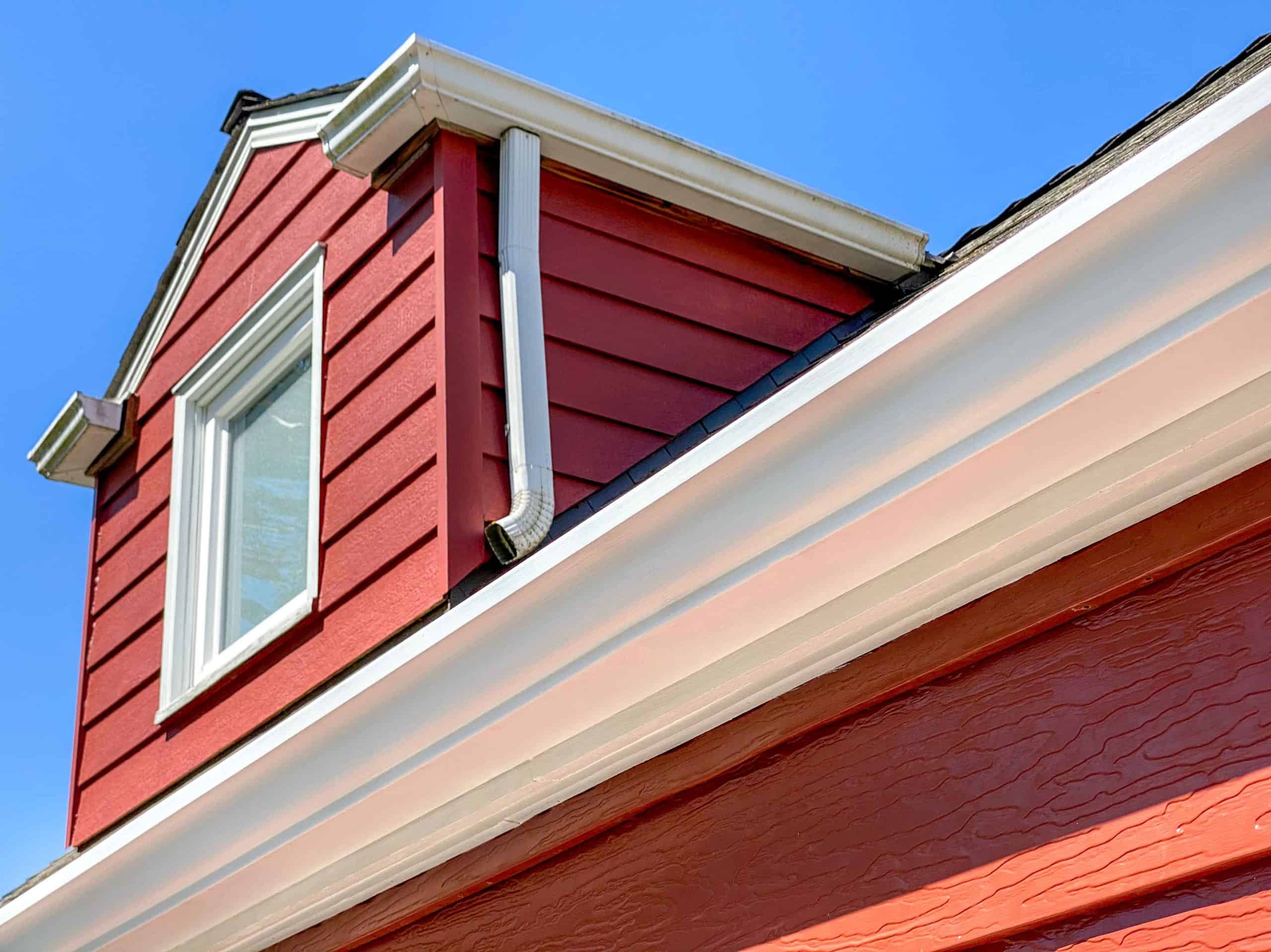

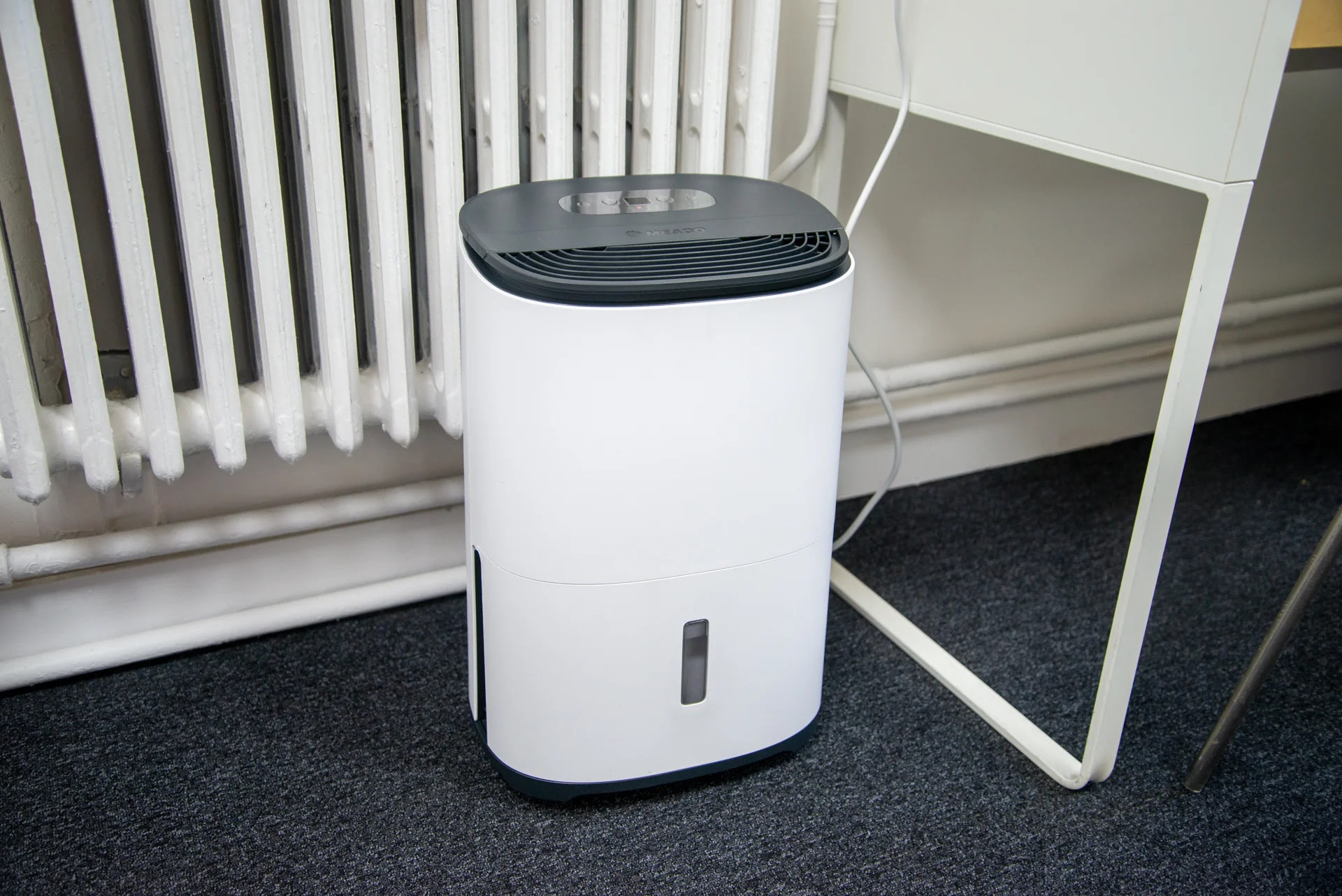
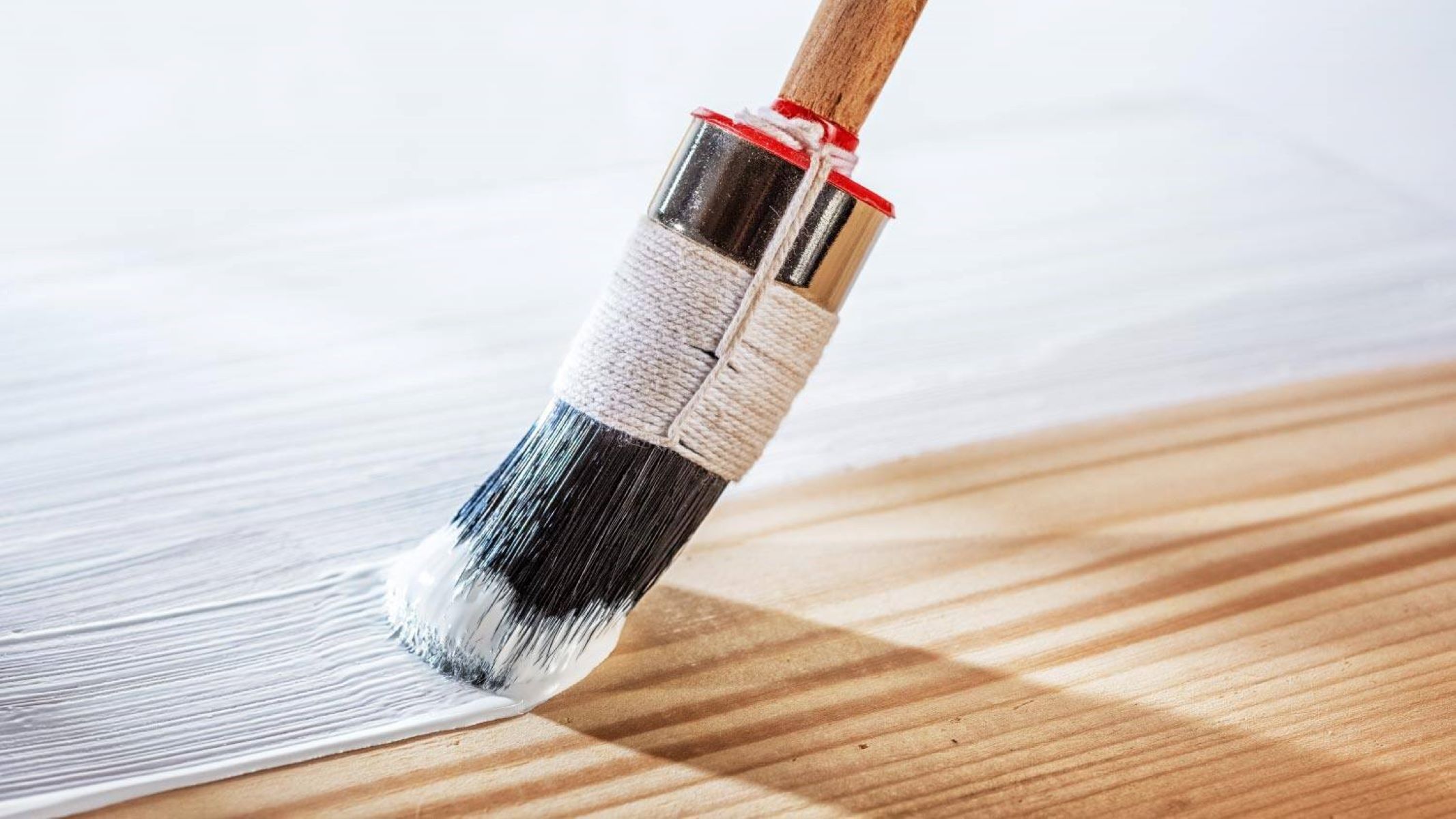


0 thoughts on “A Guide To Eggshell Paint And When To Use It”